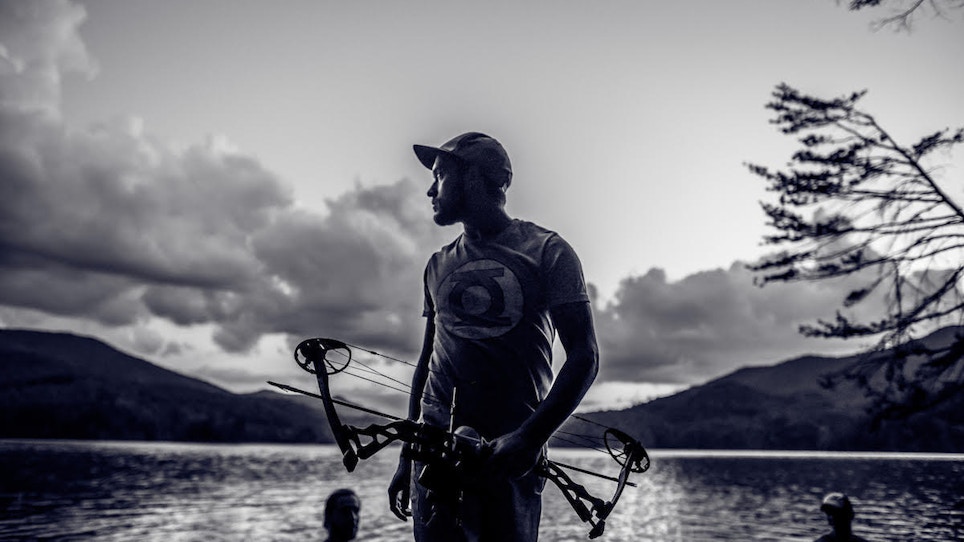We’ve all heard the advice about shooting low while bowfishing to compensate for refraction. It seems simple enough, but if it were really that easy, newcomers to the sport would know how to bowfish and wouldn’t struggle so much. Their difficulty in skewering roughs not only stems from how easy it is to miss, but how hard it is to see fish.
Even with polarized sunglasses (a must), spotting fish takes experience. It’s no different than a first-time mule deer hunter gluing his eyeball to a spotting scope to find a bedded buck. He might, but the odds are a more-seasoned Western hunter will find far more deer because he’ll focus on catching a glimpse of an antler or some other detail that doesn’t quite belong instead of scouring the landscape for a whole deer.
Spotting fish is the same, only you’ll be looking for a tail fin or maybe the orange pectoral fin of a spawning redhorse sucker. Or you might just catch a flash of inside a carp’s mouth as he slurps a snail off of the underside of a lily pad. Training your eyes to recognize a piece of a fish versus looking for a whole fish is the difference between a good day on the water and something else entirely. And no matter what type of water you’re bowfishing in, slow down. This goes for everything from gin-clear lakes to stained rivers where low visibility can confound the eye.
Once you see a fish, it’s not enough to just remember to aim low. Where you aim on a gar that’s 3 inches below the surface versus a dogfish that’s three feet down in the water column will be very different. That’s why it’s important to pay attention to how you miss and on what fish you happen to whiff. Missing over the back of a cruising rough is easy enough, but did you miss by an inch or a foot?
Occasionally, frustrated bowfishers end up missing underneath fish, which is a sure sign that they’re overcompensating. The sweet spot takes time to understand, and it takes opportunity. No one is a fish-killing machine their first time, but anyone who pays attention to the misses and the mistakes and tries to learn from them will get better much faster than someone who is out there flinging wildly.
So remember, learn to look for the scaly details and pay attention to each shot opportunity. Eventually, both aspects will come together and you’ll be filling the barrel in no time.
Featured image: Archery Trade Association







